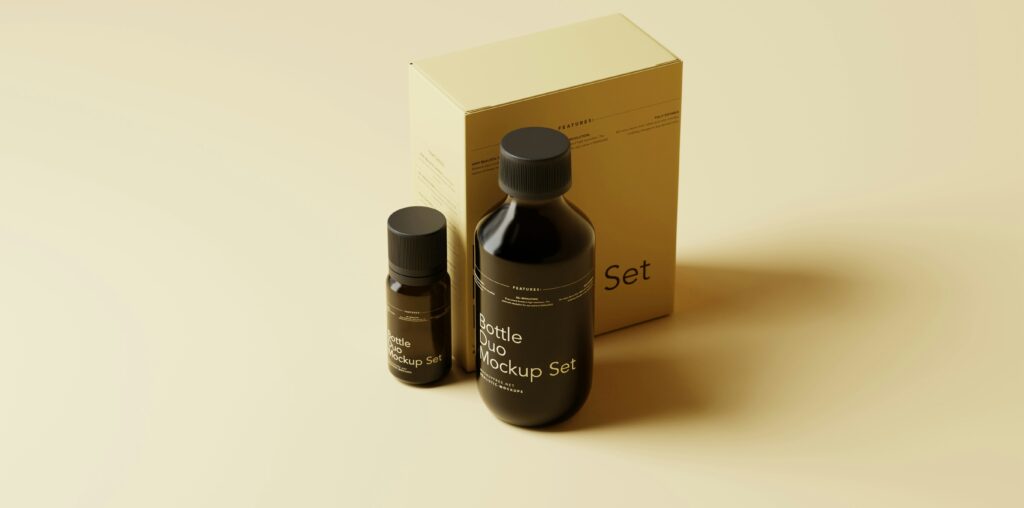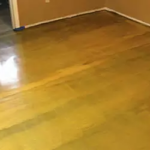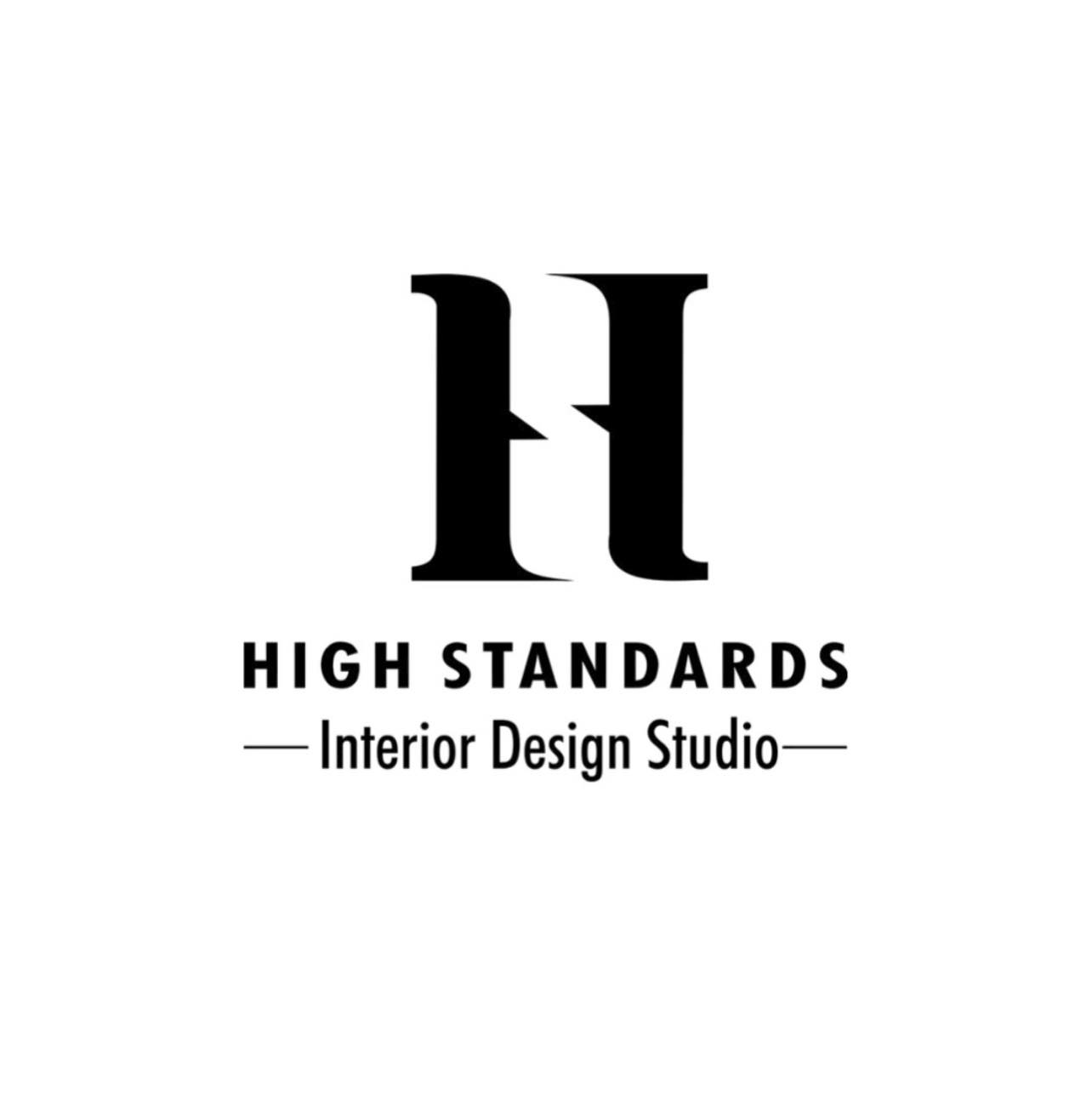As a designer, you know how hard it can be to find the perfect printer. After all, the printer you choose affects the quality, durability, and look of your final product. There are also many techniques to choose from, with traditional offset printing being a staple for centuries.
Nowadays, UV printing stands out as a particularly innovative option. It’s versatile and precise, which other printing techniques can’t match. As you push the boundaries of creativity, you can opt for UV printing for vibrant, durable prints that stand out in a saturated marketplace.
Let’s learn more about the rapidly growing UV technology in this article.
What is UV Printing?
UV printing uses ultraviolet (UV) light to cure or dry ink when it hits the surface.
Unlike traditional methods that use solvent or heat to dry ink, UV printing dries the ink quickly, allowing you to print on various materials, even non-porous ones like glass and plastic. This quick drying means you can create textured effects with multiple ink layers. The result is a high-quality, vibrant print on almost any surface.
4 Design Use Cases of UV Printing
UV printing is a great choice for many design projects. After all, its versatility makes it a must-have tool for designers and businesses.
1. Graphic design
UV printing is ideal for graphic design because it can produce high-resolution images with sharp, clean lines and vivid colors. These characteristics are crucial for designers who need to convey complex ideas or brand messages through visuals. Whether creating posters, brochures, or business cards, UV printing ensures your final product matches your vision.
Furthermore, UV printing lets you print on unconventional materials. It’s also highly durable—the ink forms a strong bond with the substrate, making prints more resistant to fading and scratching. Say hello to longer-lasting banners!
2. Interior design
In interior design, UV printing allows you to turn almost any surface into art. You can use it on walls, floors, ceilings, and furniture. For example, it lets you create custom wall coverings and murals or print directly onto wood, glass, or metal.
It’s also ideal for customizing furniture and other interior elements. You can print patterns or images directly onto tabletops, cabinetry, or even flooring.
3. Fashion and textiles
UV printing is also transforming the fashion and textile industries. Traditional textile printing methods like sublimation and silk screen are often limited by fabric types or design complexities. On the other hand, UV printing offers precision that allows you to push the boundaries of creativity.
For starters, you can use it to apply intricate designs directly and quickly onto clothing and accessories. Since UV printing works on various materials—including synthetic fabrics, leather, and even plastics—you have endless possibilities for creating one-of-a-kind fashion pieces.
4. Packaging
Packaging is more than just product containers; it’s part of your brand’s image. That’s why your choice of printing technique matters. Fortunately, UV printing can help you create premium, high-end packaging. Thanks to its versatility, you can print on any material to see what stands out best on the shelf.
UV printing tech is also perfect for short-run or custom packaging, making it ideal for limited-edition products or personalized solutions. You can easily adjust designs for different products or special promotions without extra work or cost, which is harder to achieve with traditional printing methods.
Innovate Your Printing Solutions
As you see, UV printing can improve your design work, whether you’re in interior design, fashion, or other fields. So, consider adding this technology to your suite of printing solutions. It’s also essential to stay on top of 3D printing trends and other developments to learn about new technologies and stay ahead of your competitors.




